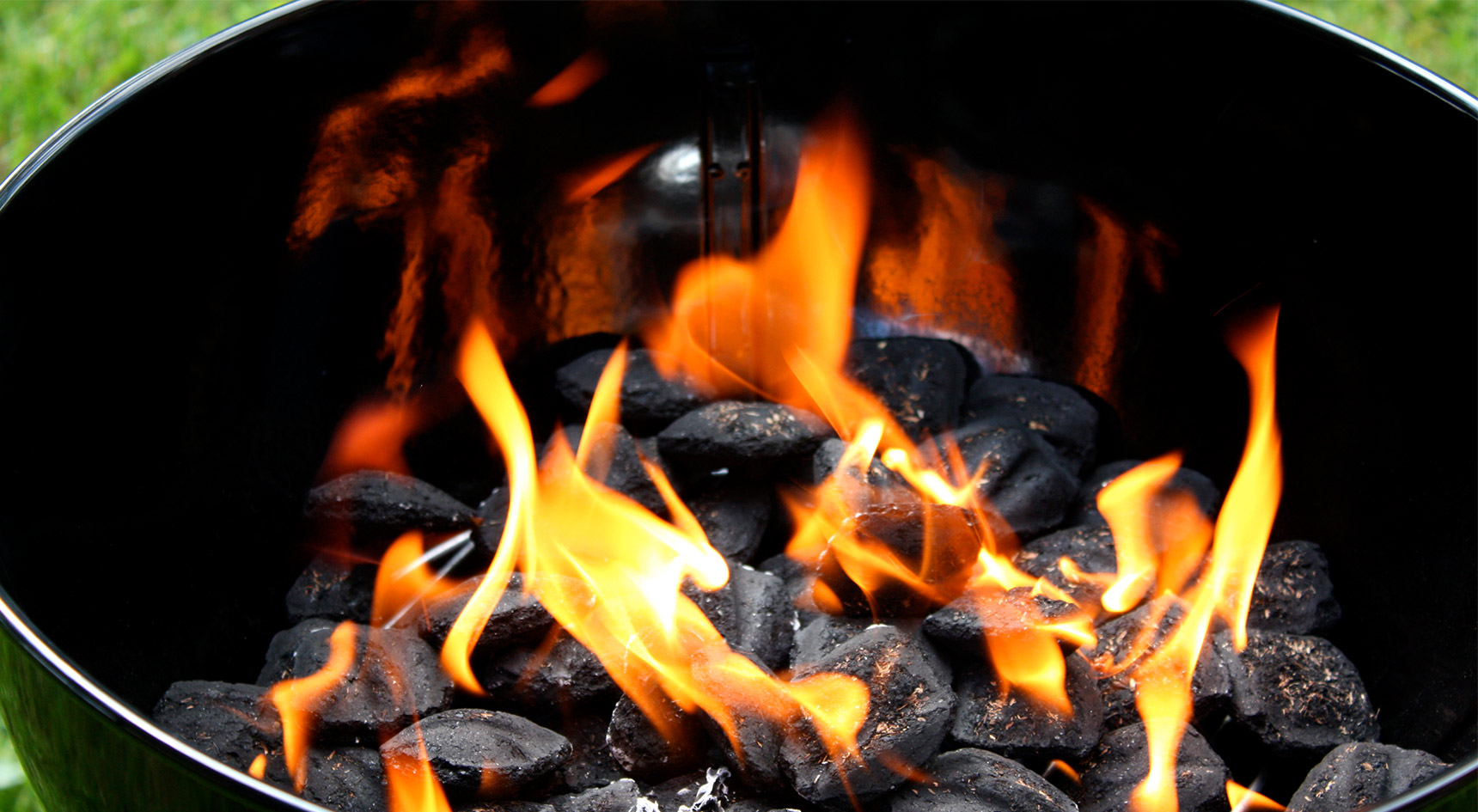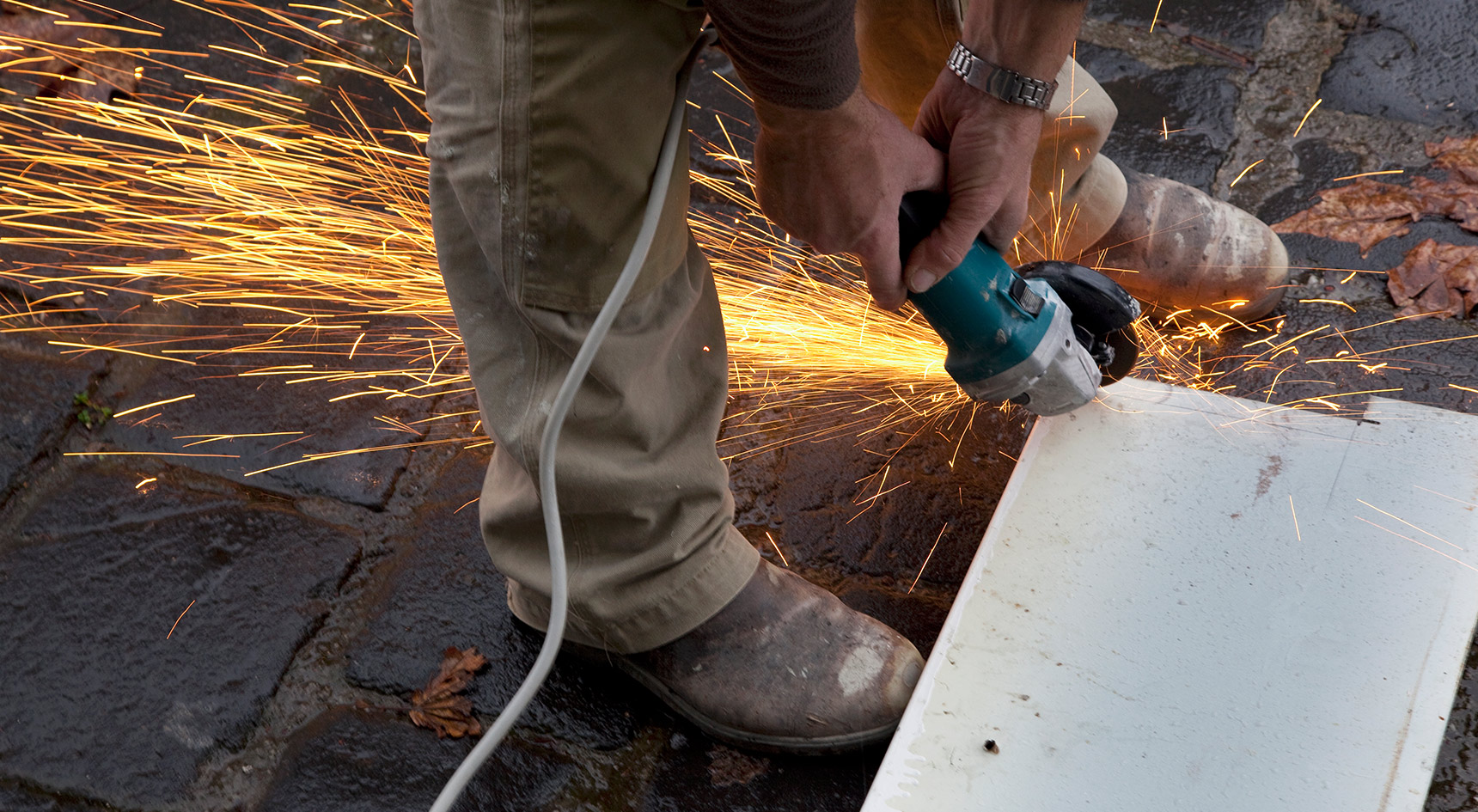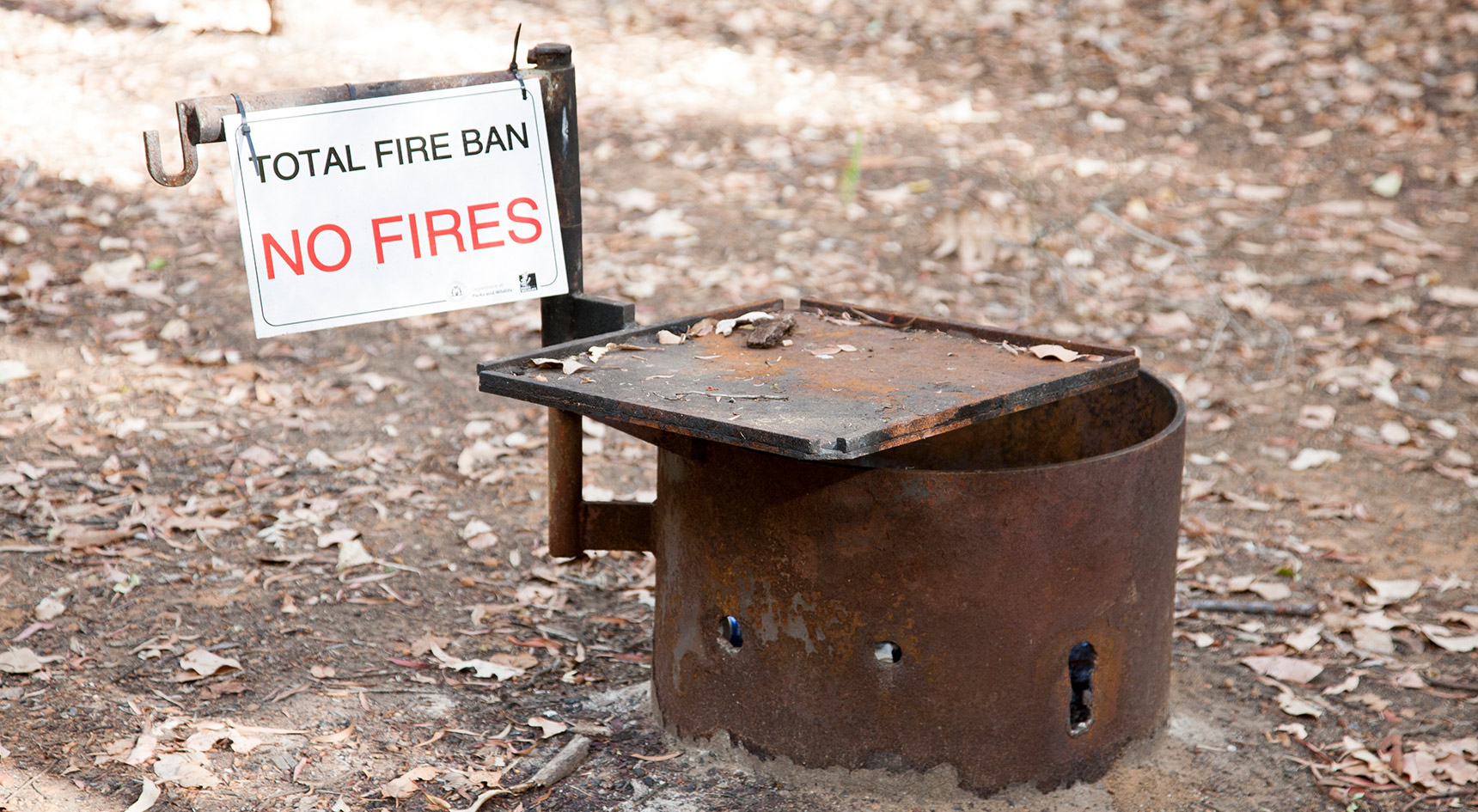By Andrew Rasch
Published: Thursday, February 29, 2024
Like cyclones in Queensland and volcanoes in Hawaii, bushfires are part of life here in South Australia. Advances in science and technology over the years have better prepared us to protect lives and property from fire danger, but there’s never room for complacency.
Most of us know that on total fire ban days, we can’t do a burn-off or light up some fireworks in the backyard. But there are lesser-known fire laws that could catch us out.
1. Cooking outdoors
We all love showing off our alfresco cooking skills to friends and family on a warm day. But when there’s a total fire ban, check carefully that your cooking equipment complies with the law.
Is it a total fire ban in your district? Unless your council grants you a Schedule 10 Permit, you can’t use a kettle barbecue or pizza oven if it burns solid fuel such as wood, charcoal or heat beads. These permits are usually only issued for emergency purposes, so it’s unlikely a backyard BBQ would fall into that category.
On total fire ban days, you can use a gas or electric barbecue or cooking appliance within 15m of domestic or commercial premises, or on a coastal foreshore, as long as:
- the appliance is at least 4m clear of flammable vegetation
- a person who’s able to control the fire is present at the site of the fire until it’s extinguished
- an appropriate extinguisher is at hand.
Remember, you don’t need to live near a country forest or on a tree-studded Adelaide Hills property to be subject to a total fire ban. Plenty of suburbs and towns closer to Adelaide are at risk of a bushfire. Check the Country Fire Service (CFS) and Bureau of Meteorology websites for the latest information on fire bans if you plan to cook outdoors.

2. Power tools and mowers
What happens if there’s a total fire ban day and the grass is long, or there’s dry timber lying around, and you want to take care of it before conditions deteriorate?
You can use a chainsaw, brush cutter, mower or slasher on a total fire ban day as long as you have a shovel or rake and portable water spray (designed to be used for firefighting operations) at hand. You also need to ensure:
- all engine exhaust on your equipment exits through the exhaust system
- the system prevents burning material from escaping
- heated parts of the system don’t come into contact with flammable materials/vegetation
- the equipment and exhaust systems are in good working order.
On total fire ban days, you can’t use an angle grinder, welder, metal cutting tool or any other tool that produces a spark outside unless you have a Schedule 10 Permit from your local council.

3. What about camping trips?
Sitting around a campfire, whether to cook or to keep warm, is one of life’s joys but in the fire danger season, you can forget about roasting those marshmallows or snags over an open flame.
If you’re in a national park or wildlife reserve, lighting a fire is prohibited on total fire ban days. That’s no surprise but even on days without a total ban, there are strict regulations that apply to all fires, including barbecues, in national parks and wildlife reserves. When fires are permitted, you’ll see signs at the park entrance, but they can only be lit in designated areas. Wood fires are usually banned in many of these parks during fire danger season. Contact the National Parks and Wildlife Service for more information.
If you’re in a forestry reserve, you can’t light a campfire or solid fuel burning barbecue at any time between 30 November and 30 April each year. Gas barbecues may be permitted in designated areas in the Mount Lofty Ranges Forest under certain conditions. Check with the Forestry Reserve office for more information.

The bottom line
Never assume and don’t take any chances. Always check with the relevant authorities if you’re unsure whether any of your planned activities will breach fire danger laws. Even when you’re allowed to complete activities under certain circumstances, consider whether it’s urgent or can wait until the fire danger has reduced.